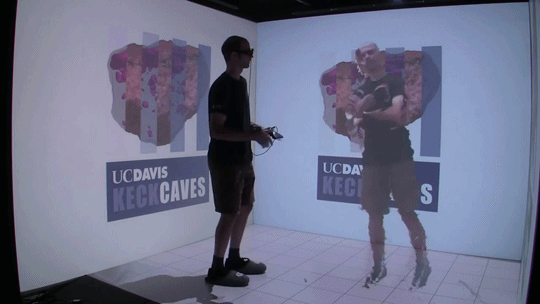From typewriters to automobiles to personal computers, new tools pretty much always go through an early, unstable period of fits and starts. Now is no different. The Internet of Things and Augmented Reality are two ideas in possession of game-changing properties but also an assortment of obstacles to surmount.
In his latest Wall Street Journal column, Christopher Mims touts the latter as “the future” and reports it could possibly arrive sooner than we’d expect, noting the well-funded competition among Silicon Valley giants and startups. “Perhaps AR’s biggest hurdle will be human,” he writes, stating that overcoming computing challenges may be simpler than winning hearts and minds. Even if takes longer than, say, a decade, the technology is surely more doable than the hardware required to realize a lot of our futuristic dreams. I only fear that its arrival will somehow mean more and bigger Trump.
The opening:
This is the story of the most exciting technology you’re ever likely to encounter, which could transform how we interact with computers in the 21st century.
That is a big claim. But I’ll bet that five, 10, 20 years from now, I’ll be able to point to this column and say, “I told you so.”
I’m talking about augmented reality, or AR. It’s often misunderstood or mischaracterized, and has been overshadowed by its cousin, virtual reality. Moreover, the best-known example of AR, Google Glass, has largely been a failure so far.
To understand AR, imagine a display that sits, not on your desk or in your hand, but in front of your eyes. Today, these displays are unwieldy, ranging from bulkier versions of safety glasses to something akin to a bicycle helmet. They have other limitations, such as a narrow field of view, relatively poor resolution and problems with lag.
But many technologists believe that within five years, these displays will be able to project a virtual screen on every surface.•
Tags: Christopher Mims

